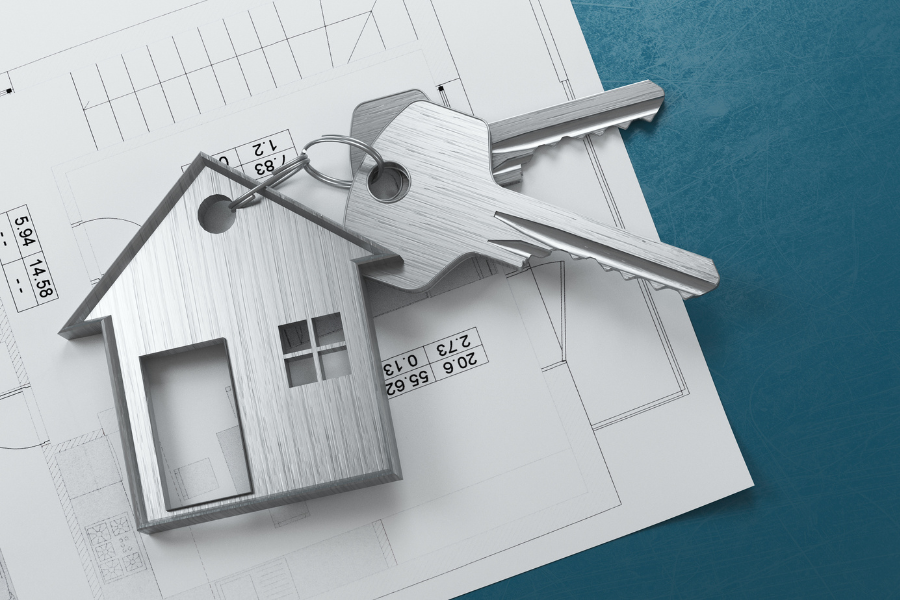
The Small Business Administration (SBA) offers a line of credit program where funds can be used to cover temporary, short-term, and cyclical working capital needs. Some examples of what an SBA line of credit can be used for include inventory, labor costs, administrative expenses, and funds to help with the rehabilitation or repair of commercial property.
The SBA offers four different types of credit lines under its CAPLines program, each with varying terms and allowable uses:
- Seasonal CAPLine: Best for covering fluctuating costs for accounts receivables, labor, and inventory
- Contract CAPLine: Best for financing the cost of contract-related expenses, such as overhead, general, and administrative items
- Builders CAPLine: Good for contractors in need of funds for constructing, repairing, or rehabilitating residential or commercial property for resale
- Working CAPLine: Good for asset-heavy businesses with bad credit that also need an all-purpose working capital loan
Comparison of SBA CAPLine Programs
SBA CAPLines: Rates
Lenders may have some flexibility in the rates they can charge but must not exceed the maximums established by the SBA. Maximum interest rates can fluctuate over time depending on the base rate used, such as the SBA PEG rate or United States prime rate. Below is a table showing the current maximum interest rates for fixed and variable loans.
You can also check out our SBA rate guide to view rates for other SBA loan programs.
SBA CAPLines: Terms
Your qualifications and intended use of the funds will play a large role in determining the loan terms you get. This can include things like your loan amount, your repayment term, and your ability to renew the line of credit for more time and flexibility in drawing additional funds.
Loan Amount
Although all SBA CAPLine programs offer the same maximum loan amount, the method in which this is determined can vary as follows:
- Seasonal CAPLine: Lenders issuing SBA CAPLines determine your eligible funding amount based on your cash flow projections. This must be reconciled and correlated with the costs of any seasonal changes in inventory or receivables.
- Contract CAPLine: Single contracts with one payment have a maximum loan equal to the sum of the contract costs. For contracts with multiple payments, the maximum is 20% over the greatest projected cash deficit amount.
- Builders CAPLine: For a revolving loan, the highest loan amount is based on the projected cash flow for all work done by the business. Nonrevolving loans reach a determination based on the written proposal of costs.
- Working CAPLine: Lenders can determine the maximum loan amount based on its own criteria, or by taking your daily sales figure and multiplying it by the number of days to finance.
Repayment Term
In addition to the maximum repayment terms listed in the chart above, the SBA also has the following requirements and provisions:
- Ability to repay & use of proceeds: The SBA states that the repayment term must be appropriate based on a borrower’s ability to repay and the intended use of the loan proceeds.
- Renewal: With the exception of Builders CAPLines, credit lines with an initial repayment term of less than 10 years can be renewed. The renewal time frame must not exceed the length of the initial loan term, and the total repayment period cannot exceed 10 years.
- Exit strategy: The SBA requires that all CAPLines have an exit strategy. In other words, final disbursement of loan proceeds should occur with enough time that assets acquired with those funds can be converted back to cash and final payment made prior to the loan maturity date.
SBA CAPLines: Qualifications
Qualifying for an SBA CAPLine requires you to meet general requirements for all SBA loans, collateral requirements for the CAPLine program itself, as well as a lender’s specific eligibility criteria. You can view our guide on how to get an SBA loan for more details, but we’ve also summarized the requirements below.
General SBA Requirements
- Your business must be a for-profit organization
- You just meet the SBA’s definition of a small business; you can utilize the SBA size standards tool to reach a determination
- You must conduct business in the US
- You must have invested equity into the business
- You have been unable to obtain financing from other lenders at your requested terms
Collateral requirements
Loan amounts of $50,000 or less require no collateral. All other loan amounts, however, will require sufficient collateral to secure the loan. The method used to reach this determination varies for each loan program:
- Contract CAPLine: The lender must be provided with a first lien position on the contracts and proceeds of the contract financed by the credit line.
- Builders CAPLine: No less than a second lien position can be accepted on the property being rehabilitated if the first lien was used to acquire the real estate. However, a second lien position is not acceptable if the first lienholder requires payment in full before releasing rights to the home.
- Working CAPLine: If proceeds are disbursed based on a borrowing base certificate, the lender must obtain a first lien on the borrower’s working/trading assets. Otherwise, the lender must secure enough assets to reach a 1:1 collateral ratio.
Lender-specific Requirements
Exact qualification requirements will vary depending on the lender you choose, and some lenders may be more strict than others. However, the list below contains items commonly reviewed by a lender in determining the rates and terms it will issue on an SBA loan:
- Personal credit scores (see our tips on how to fix bad credit)
- Business credit scores (check out our guide to learn how business credit scores work)
- Debt service coverage ratio (DSCR)
- Income and revenue earned
- Collateral
- Time in business
SBA CAPLines: Fees
In connection with getting an SBA CAPLine, you may be charged the following fees:
- SBA guarantee fee of up to 3.75% of the loan amount (see our SBA guarantee fee guide to learn how this is determined)
- Packaging fee between $2,000 and $4,000
- Extraordinary servicing fee of up to 2%
- Third-party expenses (such as title, appraisal, environmental report, attorney fees, and more)
Pros & Cons of SBA CAPLines
How To Get an SBA CAPLine
To get an SBA CAPLine, you can follow the typical steps involved with getting most other SBA loans. We’ve summarized these steps below, but you can also head over to our detailed guide on how to get an SBA loan to learn more about each step. The guide also contains insights on the documents typically requested by lenders before a loan approval can be issued.
- Step 1: Review other loan options and verify an SBA CAPLine is right for you
- Step 2: Evaluate your eligibility for an SBA loan
- Step 3: Find an SBA provider
- Step 4: Submit a loan application
If you’re not sure where to get an SBA loan, we recommend working with a company like Lendio. Lendio partners with a large network of lenders and assigns each of its applicants a dedicated funding specialist to match you with a provider best suited to your needs.
Required Documents
Paperwork involved with getting an SBA CAPLine may differ depending on the program you’re applying for, your specific business circumstances, and the lender you choose. The table below shows additional documents you may be asked to provide as part of the loan approval process.
- Month-by-month cash flow history for the past 24 months
- Month-by-month cash flow projections for the next 12 months
- Project cost schedule, including all labor, material, and overhead costs
- Updated profit and loss (P&L) statement
- Copy of the contract being financed
- Month-by-month cash flow projection
- Prequalification letter from the buyer’s lender, if applicable
- Broker’s price opinion about the market condition, if applicable
- Accounts receivable (A/R) aging report
- Accounts payable (A/P) aging report
- Inventory report
Frequently Asked Questions (FAQs)
Yes. SBA CAPLines typically require good credit and finances to get approved. It’s also common for lenders to require a heavy amount of documentation to verify your eligibility. If an SBA CAPLine is not right for you, we also cover other types of SBA loans that may be better suited for your circumstances.
It can take between 60 and 90 days or more to get an SBA CAPLine. This is because of the amount of paperwork involved with verifying your eligibility. In some cases, it can also be a result of third-party inspections that may be required to verify the value and condition of the collateral being financed.
An SBA CAPLine can be used for short-term, cyclical working capital needs. Depending on the type of CAPLine you get, this can include things like accounts receivables, labor, inventory, and construction costs.
Bottom Line
With an SBA CAPLine, you can get up to $5 million in financing for short-term or cyclical working capital expenses. Depending on the type of credit line you get, funds can cover costs associated with rehabilitating a property, contract expenses, labor, and more. Since it can take up to 90 days or more to get funded, we recommend also considering other types of loans, in which case our guide on how to get a small business loan can be helpful in boosting your approval odds. It’s also wise to shop rates with multiple lenders to get the best rate available.





